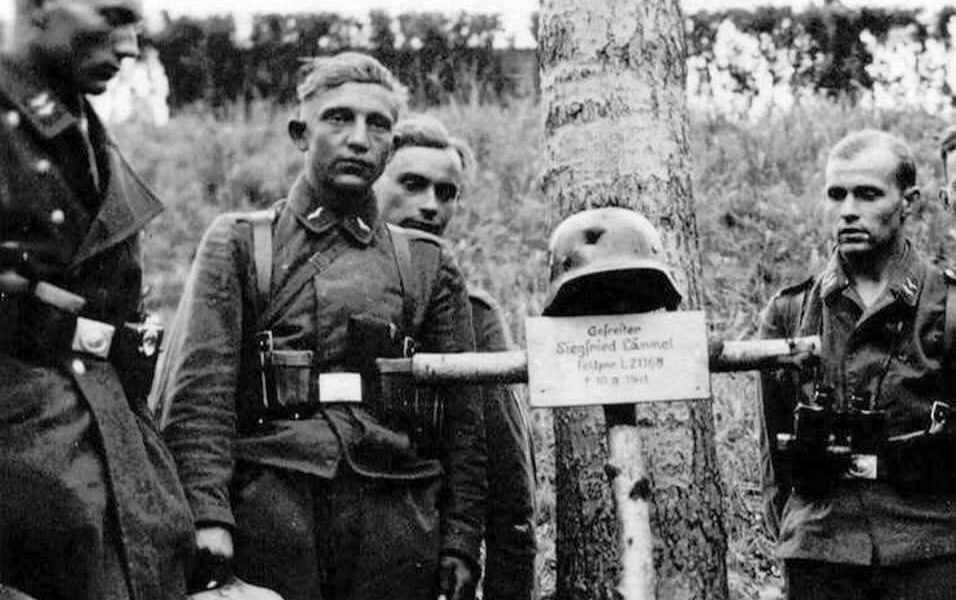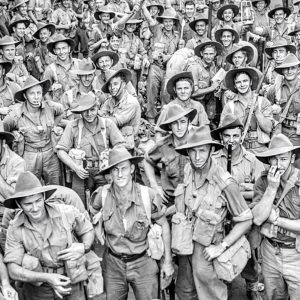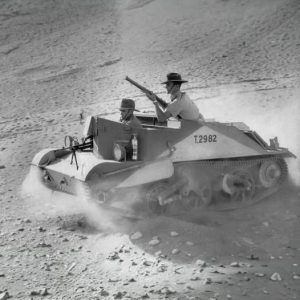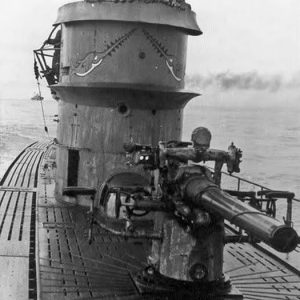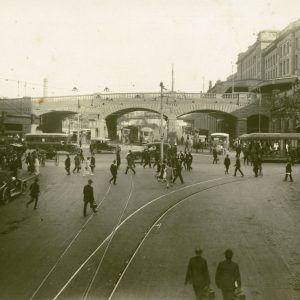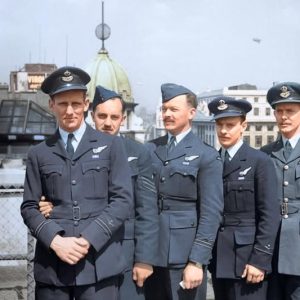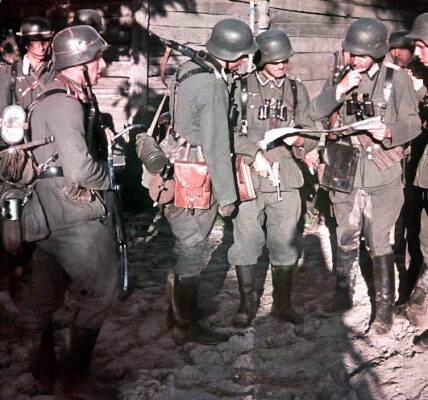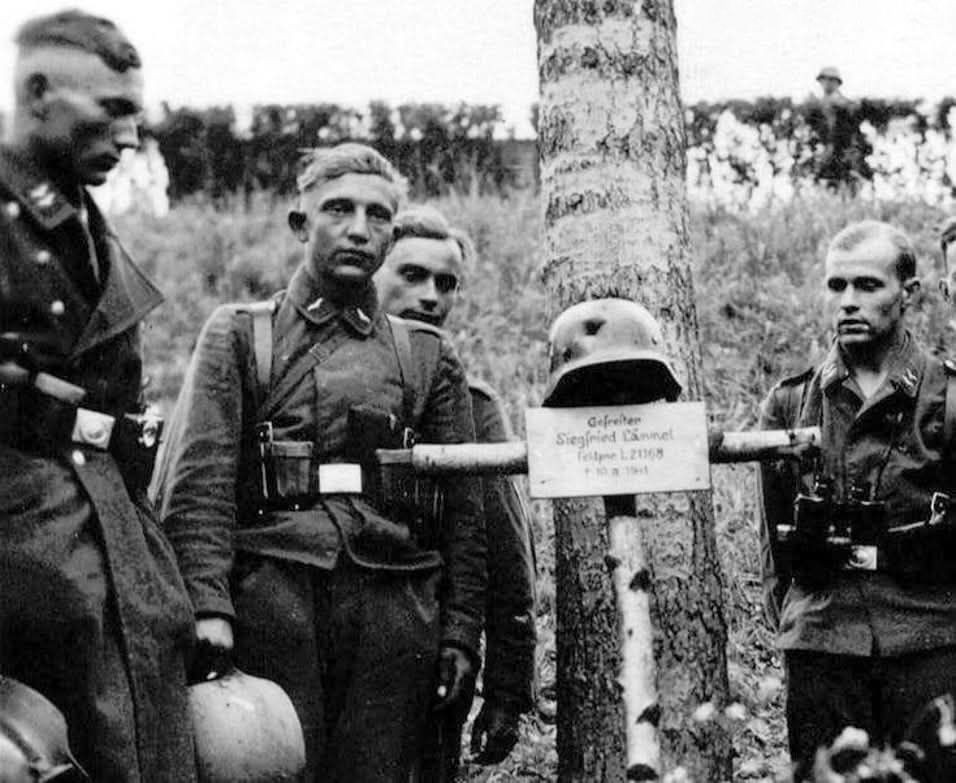
Amid the chaos of World War II, in a wooded area somewhere on the Eastern Front, this quiet moment was captured: A group of young German soldiers stands silently around a makeshift grave. A simple wooden cross, a steel helmet on top, and a small plaque bearing the name of the fallen soldier – Corporal Siegfried Bännet, killed on October 18, 1941.
It’s an image that gets under your skin. No glory, no propaganda, no victorious poses—just grief, weariness, and the silent recognition of the loss of a comrade. There’s no anger in the men’s faces, but a deep exhaustion. Perhaps Bännet was a close friend. Perhaps he shared the trench with one of them, the last piece of bread, the last cigarette.
The war was brutal, and yet it was precisely these quiet moments in which humanity briefly became visible again. The helmet on the cross is not a symbol of victory, but a memorial to what was lost. Many such graves were erected along the front, often with nothing but a stick, a helmet, and a name. These were not permanent burial sites—many of these men remained lost forever, their resting places later overrun by the war or forgotten.

This photo reminds us that behind every uniform stood a human being—with hopes, fears, and a life that suddenly ended. Private Siegfried Bännet was one of hundreds of thousands. Born perhaps in the early 1920s, raised in a turbulent time between the world wars, influenced by the propaganda of the Third Reich, and ultimately sent into a war he would not survive.
The men around him wear Wehrmacht uniforms. They seem young, far too young for such experiences. Their gazes are fixed, not staring into space, but perhaps lost in thought – on what has been and what might yet come. Perhaps they are wondering if they, too, will soon lie there like this, whether someone will mark their grave with the same respect.
It’s this simple scene that says so much about war. Beyond the strategies, the generals, and the big decisions, it’s the ordinary soldiers who pay the highest price. And in images like these, it becomes clear: There are no victors in war—only survivors.

Today, over 80 years later, this image serves as a memorial against forgetting. It reminds us that every war—regardless of nationality or ideology—causes human suffering. It shows that even in the darkest moments of history, small gestures of respect and honor were possible. The memorial for Private Bännet may have been simple, but it was sincere. And that is what makes it so significant.
Perhaps this grave no longer exists. Perhaps it was reclaimed by nature over the years. But the image remains—and with it the memory of a young man who lost his life and of comrades who pause to honor him. This photograph is more than a historical document—it is a window into the souls of those who experienced the war.
In a world increasingly preoccupied with quick headlines and digital images, it is these timeless photographs that prompt us to reflect. They challenge us to think about history, humanity, and our responsibility toward the past.
